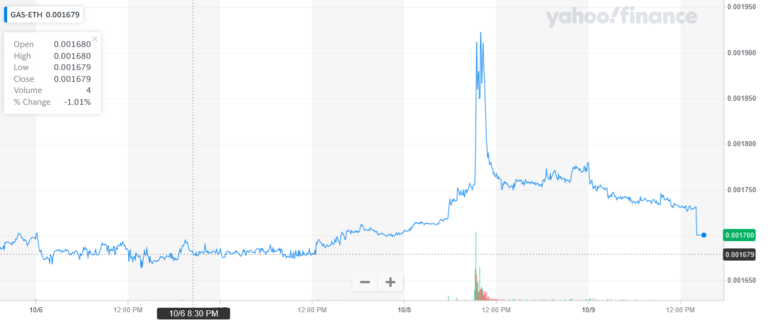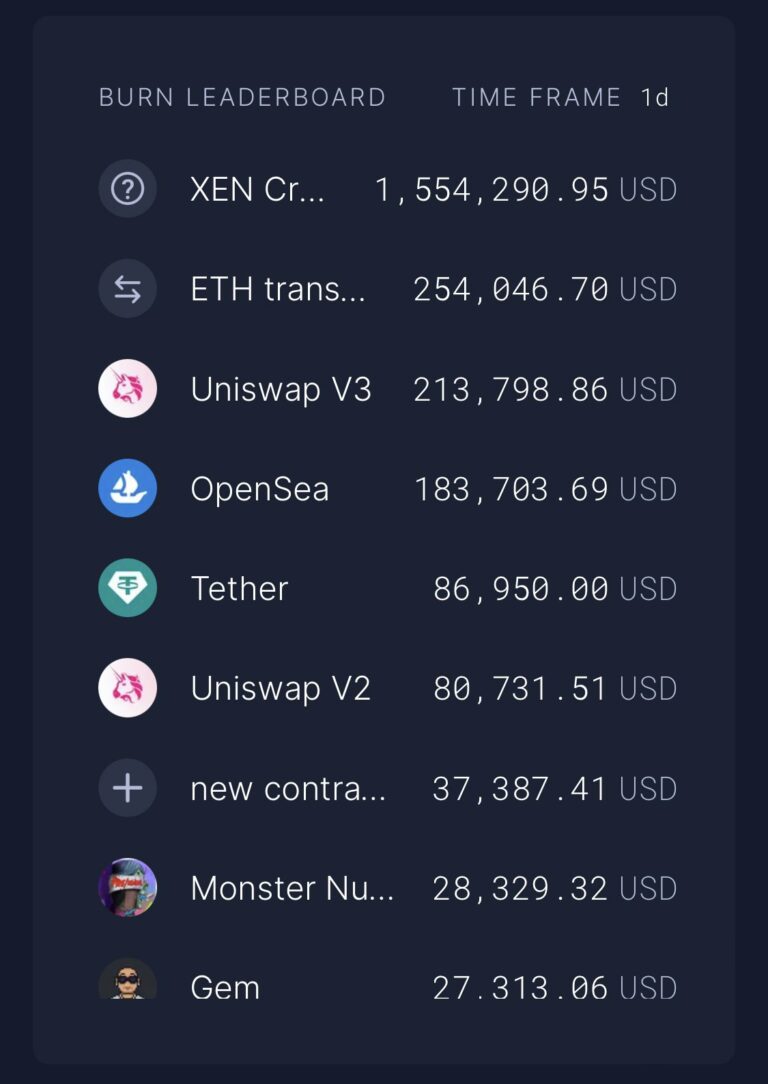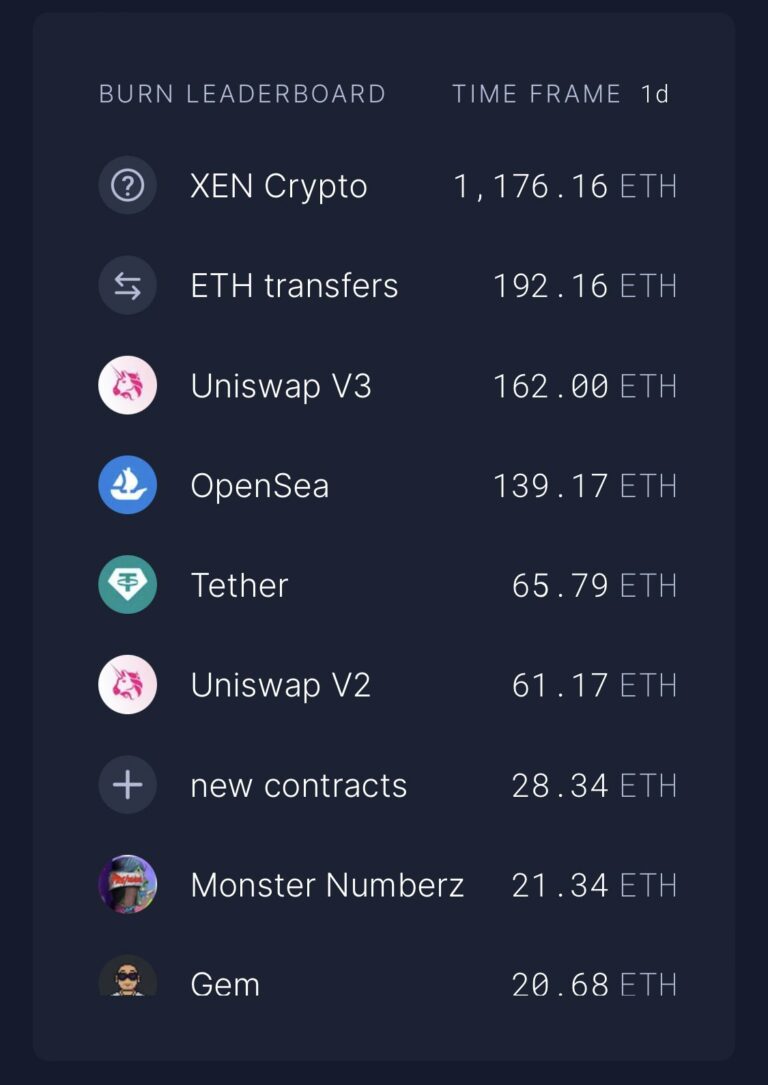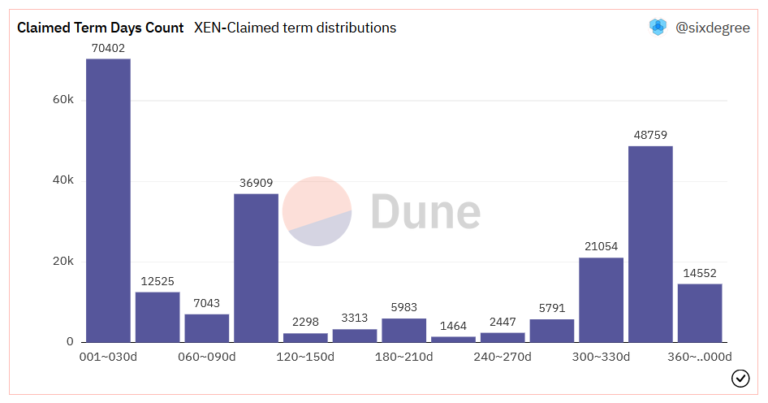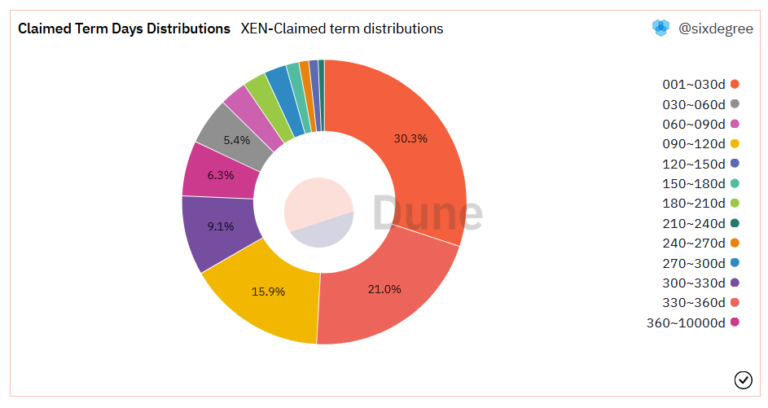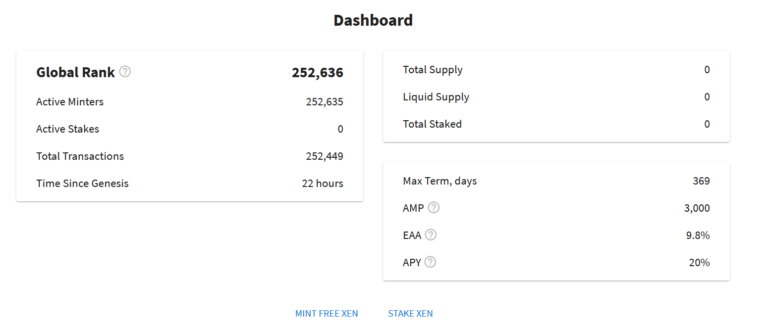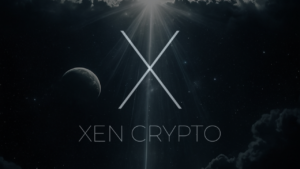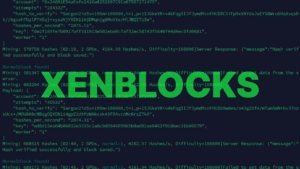The XEN Crypto token launched on October 8, 2022, and it was met with great demand, reaching 54% of the Ethereum network’s transaction capacity. Gas fees hit the ceiling at over $300 during the first hour after launch, and the XEN Globak Rank reached its first 5,000 addresses engaged with the smart contract within just a few minutes.
What is XEN
XEN is a token following the first principles of blockchain that anyone can mint themselves by connecting to a wallet compatible with Ethereum, setting up a term limit, and sending a transaction. The tokens are free to mint, and the only thing that costs is the network fee. The goal of XEN is to increase crypto adoption by lowering the barrier to entry for the average user and teaching people about self-custody, decentralization, and trustless consensus.
The project is open source, starts from supply zero, and has no pre-mints of any kind. It takes us back to the beginnings of Bitcoin and peer-to-peer money, as Satoshi Nakamoto taught us.
Before the launch, XEN was thoroughly tested by the community on four different testnets: Goerli, Pulse, Mumbai, and the BSC testnet. Users from all over the world, including those who had no previous experience with blockchain, were taking part in testing the dapp. A cybersecurity company called CertiK did the audit and put out the report just before the launch.
Days before the launch, users began preparing by preloading anywhere from a few to hundreds of ETH addresses. Users rushed to submit their claimRank transactions during the launch period in order to obtain the best cRank. The gas fees rose very fast, surpassing $300.
The XEN launch
The Ethereum network activity started rising, reaching a maximum of 54% of the total capacity. It maintained high levels for five hours, circa, and then started dropping slowly. Within that time, over $1,000,000 has been burned in gas fees, and the XEN contract came up as the biggest gas guzzler, surpassing the likes of Uniswap and OpenSea.
Gas prices are relatively high during the week, and they usually tumble during the weekends. Seeing such a spike in gas prices on the weekend is noticeable. Gas prices never dropped to their usual Sunday levels and remained around 15-20 gwei on average. When Ethereum goes back to its normal day-to-day business this week, the prices are likely to go up higher than they were before the XEN era.
XEN claim stats
At the time of the launch, 4000 addresses began their mints with only one mint term. It’s possible that the supply produced by these addresses will hit Uniswap or Suiswap liquidity pools after one day, and XEN price discovery will start taking place.
The most used mint term, making up 30% of the currently minted supply, is from 1 to 30 days with over 70,000 addresses, and the second most chosen mint term, averaging 20% of the supply, is the 360–390 day period from the launch with nearly 49,000 addresses. The third most used mint term is the 90-120-day mark. There are over 36,000 claimed cRanks.
At the time of writing, there are 252,636 addresses that have claimed their cRank, and the total gas used for this is 1,532.83 ETH.
Term days were extended to 369 and the EAA, which is the Early Adoption Amplifier, dropped to 9.8%, which means fewer rewards. The APY remains at 20%, and it will drop every 90 days by 1% until it reaches 2%, remaining constant afterwards. AMP is a multiplier starting at 3000 and dropping every day by 1 until it reaches 1.
The minting will continue indefinitely; however, the disinflationary formula of XEN will create a natural cap on inflation, leaving it at 2%. Protocol features like staking and burning will make the token’s tendency to be disinflationary even more clear.
There’s a lot of criticism regarding bot activity within the minters, but there are limitations posed by gas and other game mechanics that make bots a non-issue argument.
Jack Levin, the founder of XEN Crypto, remained in Twitter Spaces and on the Telegram live stream for the whole time before and for hours after the launch. He got to claim XEN cRank 3,000.




